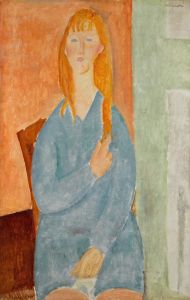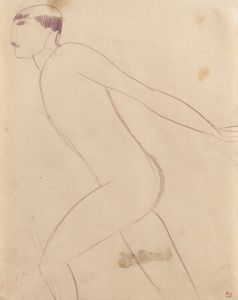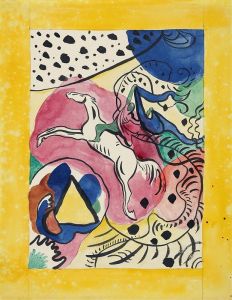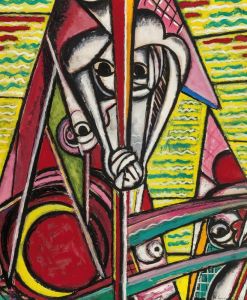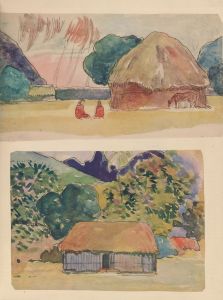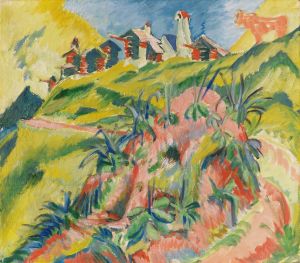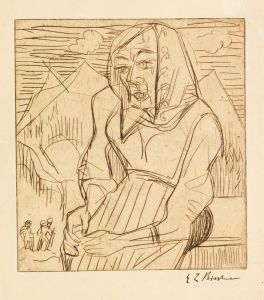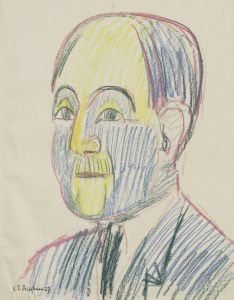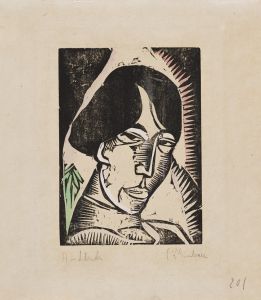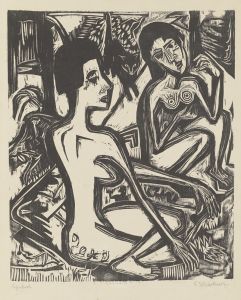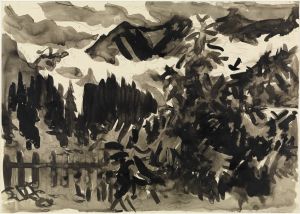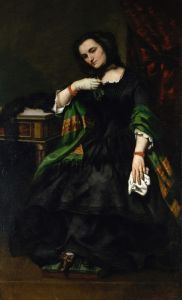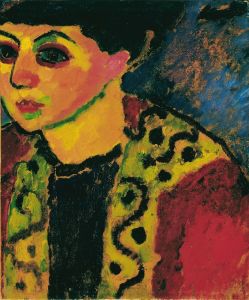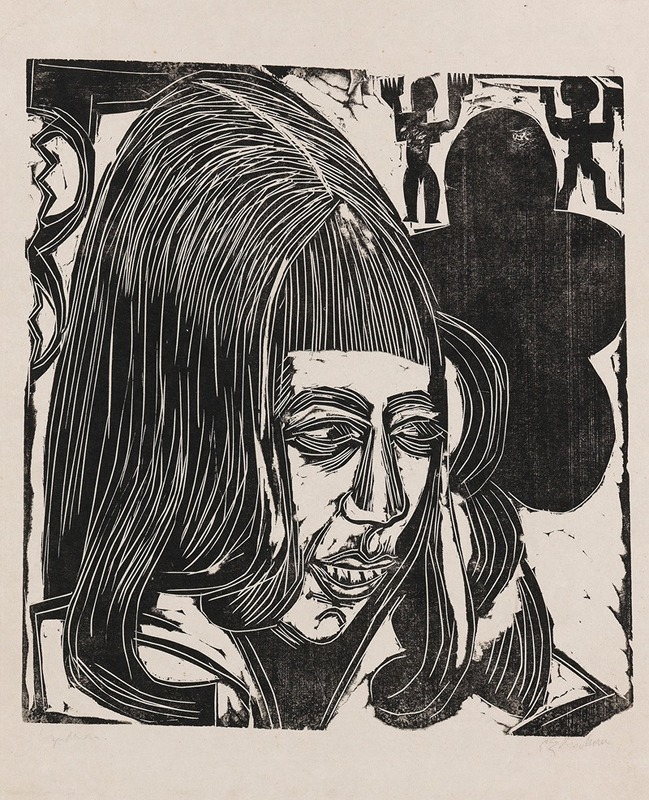
Tochter Sternheim
A hand-painted replica of Ernst Ludwig Kirchner’s masterpiece Tochter Sternheim, meticulously crafted by professional artists to capture the true essence of the original. Each piece is created with museum-quality canvas and rare mineral pigments, carefully painted by experienced artists with delicate brushstrokes and rich, layered colors to perfectly recreate the texture of the original artwork. Unlike machine-printed reproductions, this hand-painted version brings the painting to life, infused with the artist’s emotions and skill in every stroke. Whether for personal collection or home decoration, it instantly elevates the artistic atmosphere of any space.
Ernst Ludwig Kirchner, a prominent German expressionist painter and one of the founders of the artist group Die Brücke, created the painting "Tochter Sternheim" in 1913. The title translates to "Sternheim's Daughter" in English. This painting is a portrait of Thea Sternheim, the daughter of the German playwright Carl Sternheim. Kirchner's work is known for its bold use of color, dynamic compositions, and emotional intensity, all of which are evident in this piece.
"Tochter Sternheim" exemplifies Kirchner's expressionist style, characterized by vivid, non-naturalistic colors and a sense of immediacy and movement. The painting captures the essence of the subject through exaggerated forms and a vibrant palette, reflecting the emotional and psychological depth that Kirchner sought to convey in his portraits. Thea Sternheim is depicted with a striking presence, her features rendered with sharp lines and contrasting colors that draw the viewer's attention.
Kirchner's association with Die Brücke, which he co-founded in 1905, was instrumental in the development of German expressionism. The group aimed to create a new artistic language that broke away from traditional academic standards and embraced a more direct, raw form of expression. Kirchner and his contemporaries were influenced by various sources, including African and Oceanic art, which they admired for its perceived authenticity and emotional power. This influence is evident in Kirchner's work, including "Tochter Sternheim," where the bold, simplified forms and intense colors reflect a desire to capture the primal essence of the subject.
The painting also reflects the socio-cultural context of early 20th-century Germany, a period marked by rapid industrialization, urbanization, and social change. Artists like Kirchner sought to respond to these changes by exploring new ways of seeing and representing the world around them. "Tochter Sternheim" can be seen as part of this broader artistic movement, where the focus was on capturing the inner life and emotional experiences of individuals rather than merely depicting their outward appearance.
Kirchner's work, including "Tochter Sternheim," had a significant impact on the development of modern art. His innovative use of color and form influenced subsequent generations of artists and helped to shape the trajectory of 20th-century art. Despite facing personal and professional challenges, including mental health issues and the rise of the Nazi regime, which condemned his work as "degenerate art," Kirchner's legacy endures through his contributions to expressionism and his powerful, emotive paintings.
Today, "Tochter Sternheim" is recognized as an important example of Kirchner's portraiture and his broader artistic vision. The painting continues to be celebrated for its bold expression and its ability to convey the complex emotional landscape of its subject. Through works like this, Kirchner remains a central figure in the history of modern art, remembered for his pioneering spirit and his commitment to exploring the depths of human experience through his art.





